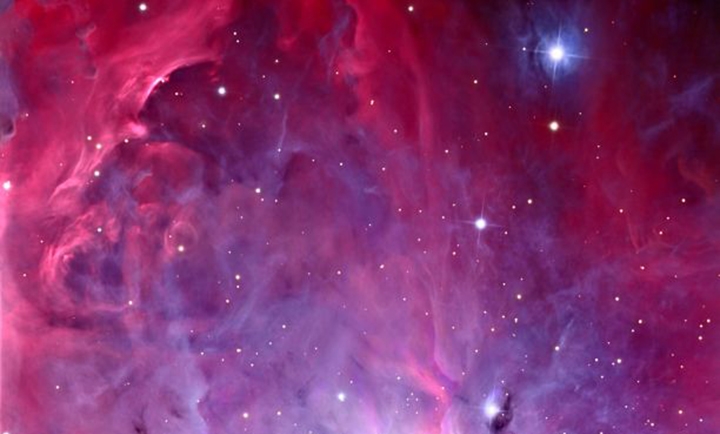It is easy to think that the Earth makes up the entire universe but upon gazing into the night sky, apart from marveling at the stars, just a little bit of curiosity leaves one wondering what else is out there.

The Earth, our home, is just a small world in the vast solar system which is a part of an immense galaxy known as the Milky Way galaxy. Our sun is just one of the 200-400 billion stars in this galaxy we call home.
And our galaxy is just one of the many galaxies in the universe. So how many galaxies are there in the entire universe?
There Are Hundreds of Billions of Galaxies
Studies so far show that there are 100-200 billion galaxies in the universe. Each galaxy has hundreds of billions of stars.
According to the Hubble Space Telescope, there are at least a hundred billions of galaxies in the observable universe.
A German supercomputer simulation estimated the number of galaxies in the universe to be as high as 500 billion.
Most of these are just tiny dwarf galaxies.
How do we know How Many Galaxies there are in the Universe?
Since we haven’t been able to observe the entire universe, we have not been able to count the number of galaxies there is in the universe.
We don’t have a definite number yet. Astronomers just make intelligent estimates.
They use powerful telescopes to study a section of the sky in depth, count the number of observed galaxies and then use the results to estimate how many galaxies there might be in the entire universe.
For example, The Hubble Space Telescope started its mission by focusing on a section of space where nothing was visible. With time, things started appearing. It observed about 10,000 galaxies in the area it focused on. Astronomers used these results to estimate the total number of galaxies in the universe through a mathematical technique known as extrapolation.

- A Breathtaking Photo of the Antennae galaxies Image Source
The Estimates Are Based on Just the Observable Universe
The observable universe is what we have been able to see so far using the available technology and instruments.
There might be more galaxies in parts of the universe that are beyond our observable limit. This is the distant universe that came into being about 400,000 years after the Big Bang and we can’t see it yet.
Before that time, the universe was opaque to us and light could not go through. As the universe expanded and cooled, electrons could combine with neutrons allowing light to pass through without bumping into the free electrons.
More Galaxies Are Probably Out There
We have only observed a tiny fraction of the universe and so we have not seen everything there is out there.
There might be more galaxies out there. Galaxies that are too faint to be seen with the telescopes we currently have. There could also be more galaxies that we haven’t detected yet but could detect if we use powerful telescopes and observe for a longer periods of time.
The deeper into the universe we look, the more new, faint and distant galaxies we will see and the more we will learn about the galaxies already detected.
The James Webb Telescope is an infrared telescope optimized for observing and finding distant galaxies. It is set to launch later this year (2013) and will offer a deeper view into the universe and hopefully expose previously unseen galaxies.
For now, we can just marvel at the vastness and depth of our universe and wonder how much more is out there beyond what is visible.
